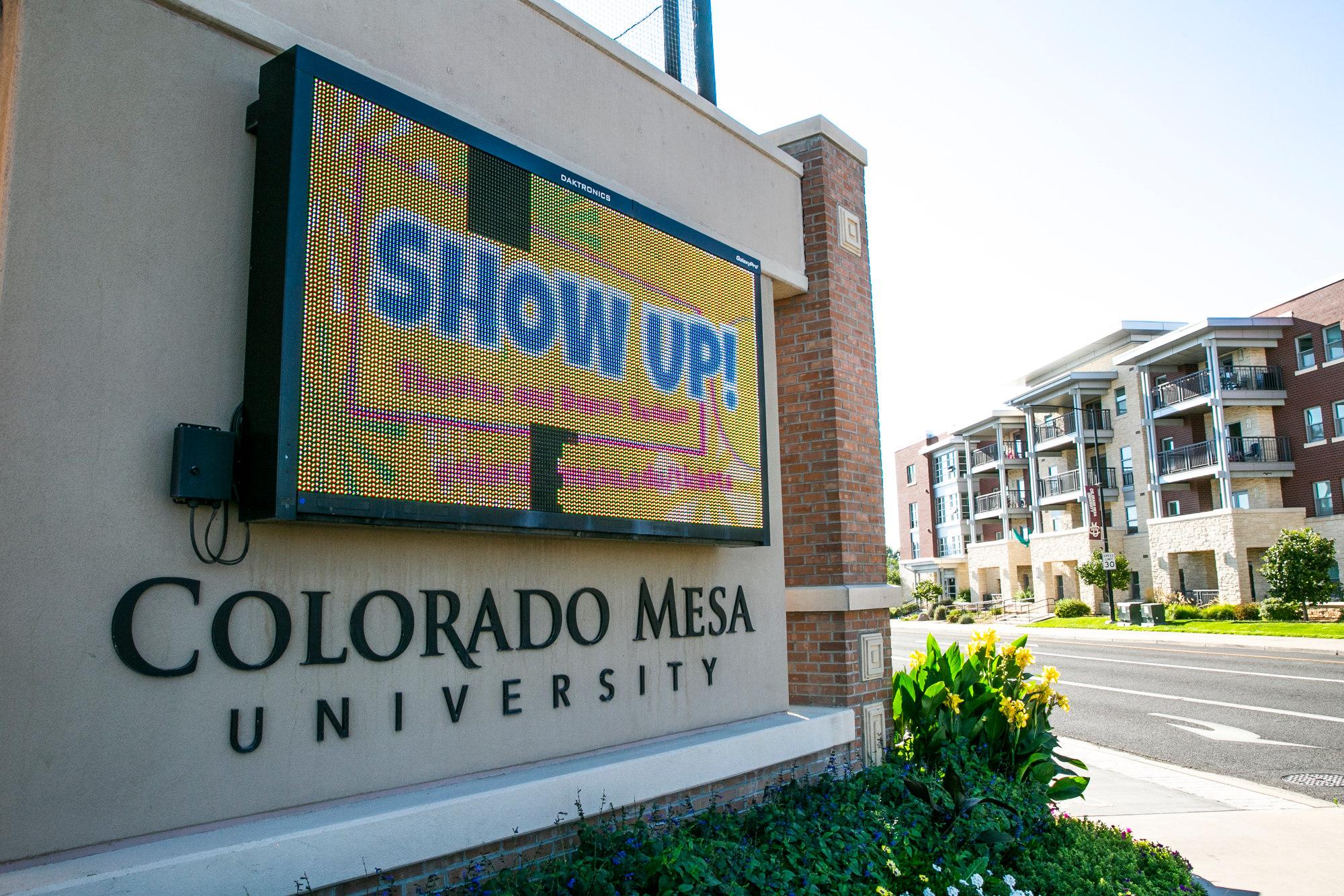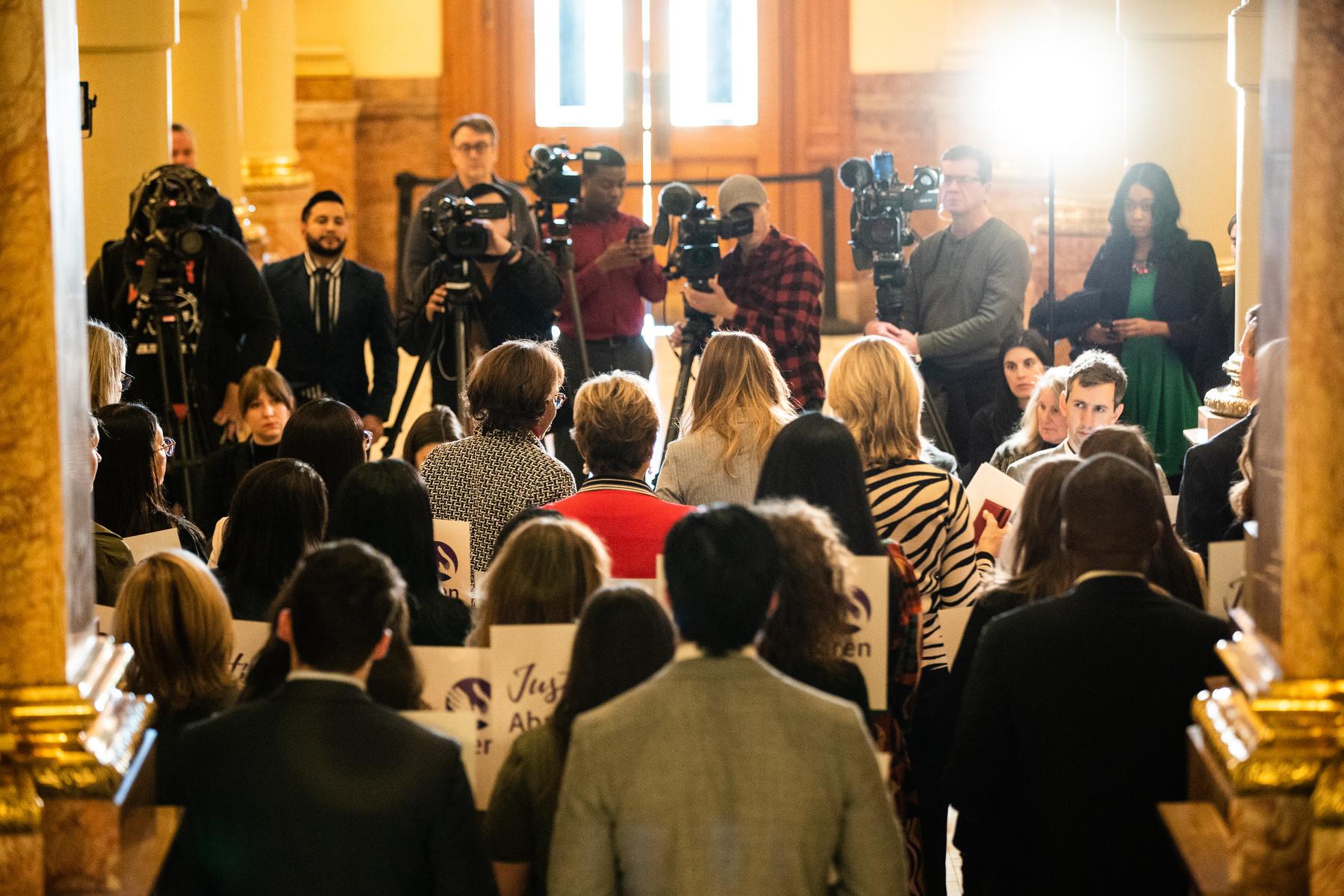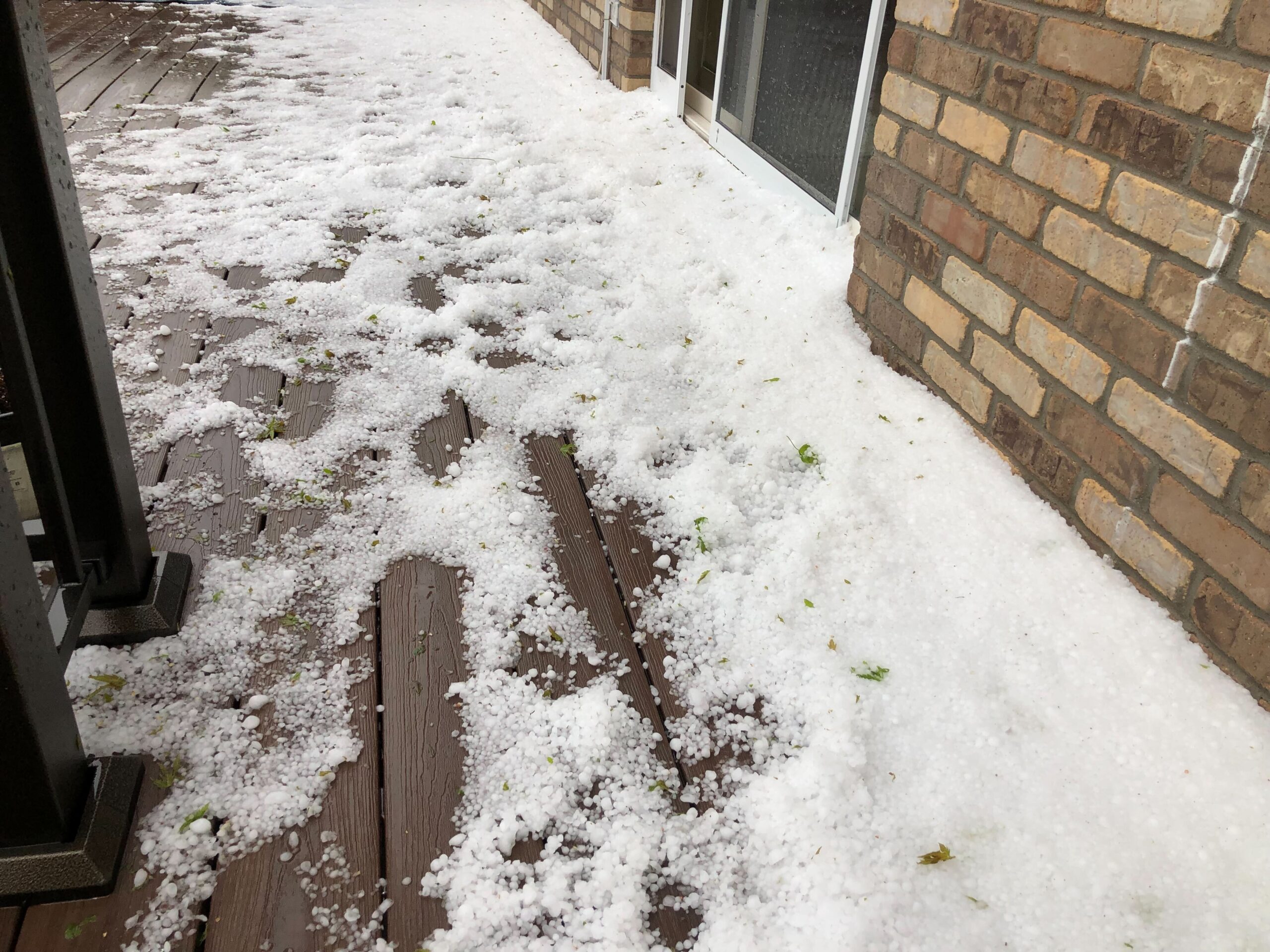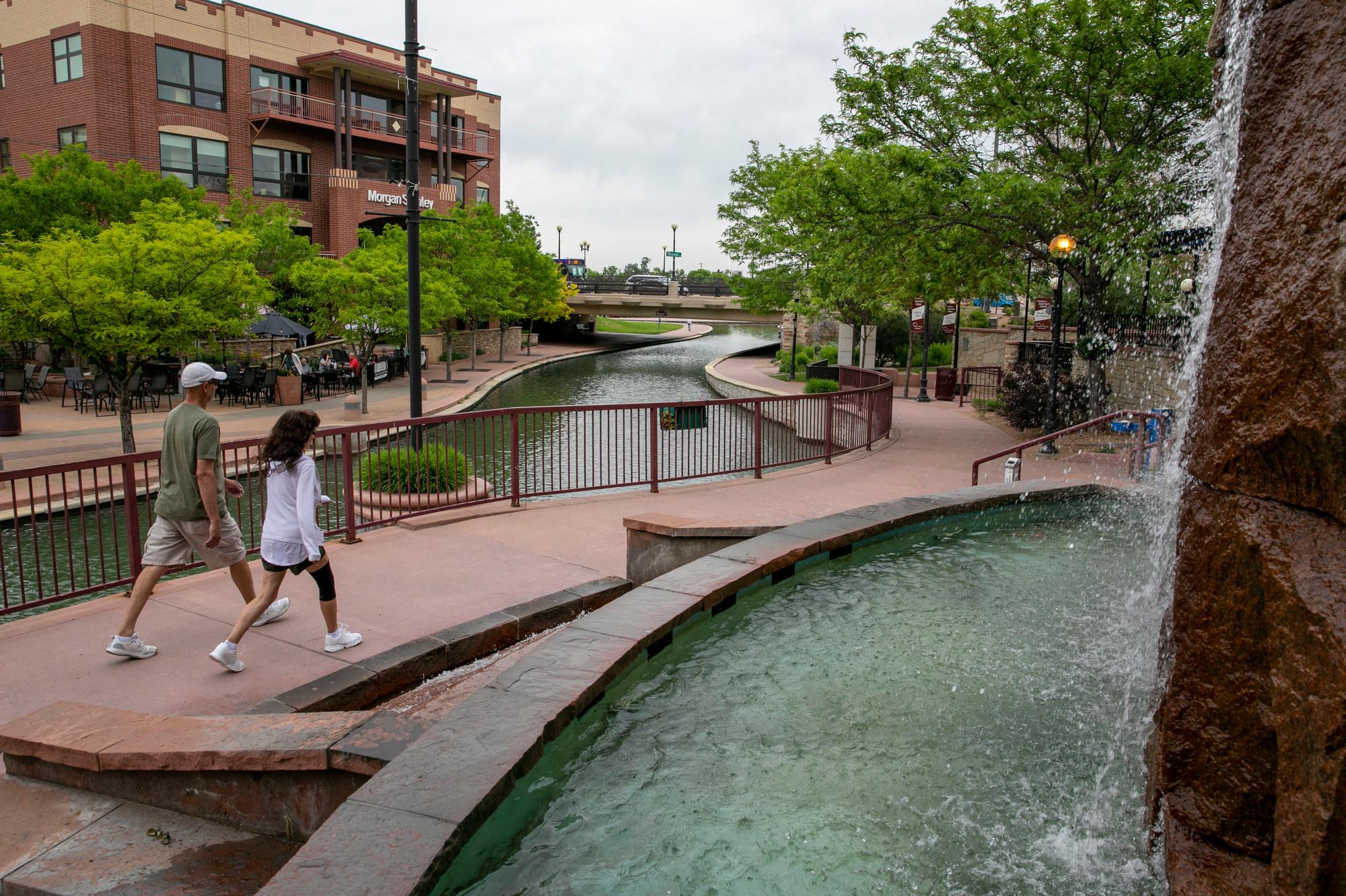
A century ago the Arkansas River flowed through Pueblo in the channel that is now the HARP, or the Historic Arkansas Riverwalk of Pueblo. In 1921, swollen by rain and snowmelt, the river overtopped its levees and roared through the low-lying areas of downtown Pueblo, taking the lives of hundreds of people, leaving a 300 square mile swath of destruction and changing the course of the city’s history.
On the evening of June 3, 1921, calls came in from upstream, warning that "the river is rising, their tributaries are all out of their banks," according to Peggy Wilcox, who helped research the Pueblo County Historical Society’s (PCHS) new book about the flood, “Mad River.” "There's a massive amount of water headed your way."
Wilcox said the police department started warning people in the areas closest to the river and asked the Board of Water Works to blow a whistle traditionally used for fire alarms. But by 8:30 that night the river overtopped the levee and within minutes the deluge rushed into the business district sending people running for higher ground.
The raging waters ripped homes from their foundations and tore the facades off storefronts. Two passenger trains were also caught in the torrent and swept away according to Larry Green, who also helped research "Mad River."
“The cars were wooden and began to float. They began to roll over in slow motion,” Green said. “The passengers and employees in that train fled to the Rio Grande train next door to it. And when it began to roll over, they did the same thing. They fled down through the cars... Most of the people managed to get out.”
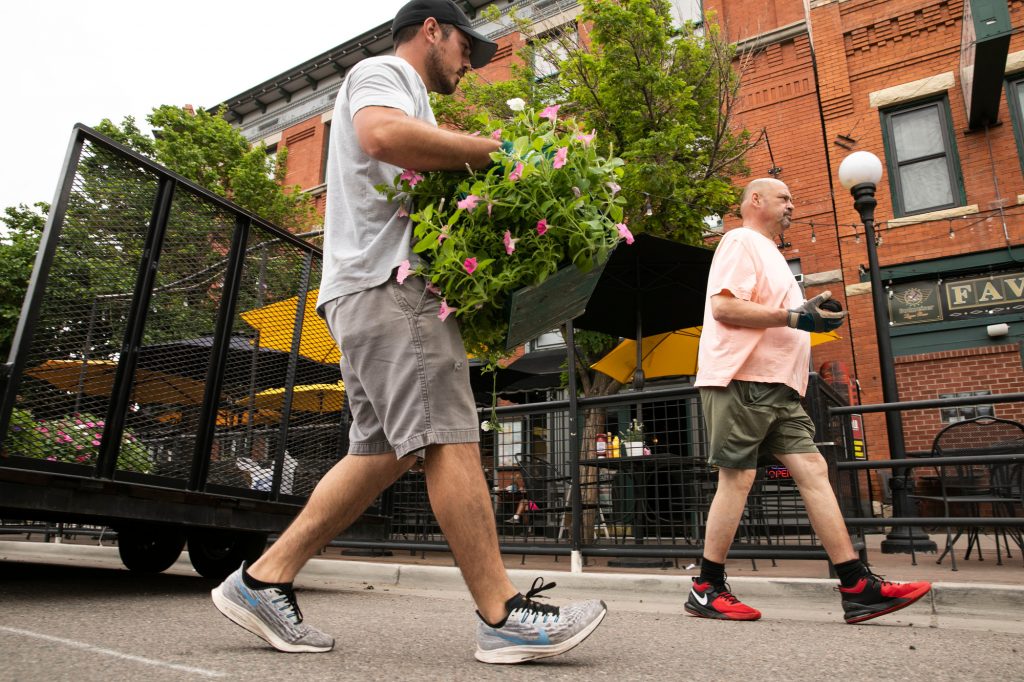
There isn’t a clear accounting of how many people were aboard those trains according to Green. He said many of them were able to escape and take refuge in a nearby meat packing plant, but there were fatalities. The PCHS tallied 17 train related deaths in total including this incident.
Raging waters picked up other train cars throughout the flooded area, smashing them into buildings and other structures. Pueblo historian John Korber, who wasn't born yet, described what happened to his aunt’s candy store as she watched from the safety of a hotel across the street.
“They let her stay on the second floor and she could look out and see her little store down there,” he said. ”A railroad car came floating down and it just took out her little store.”
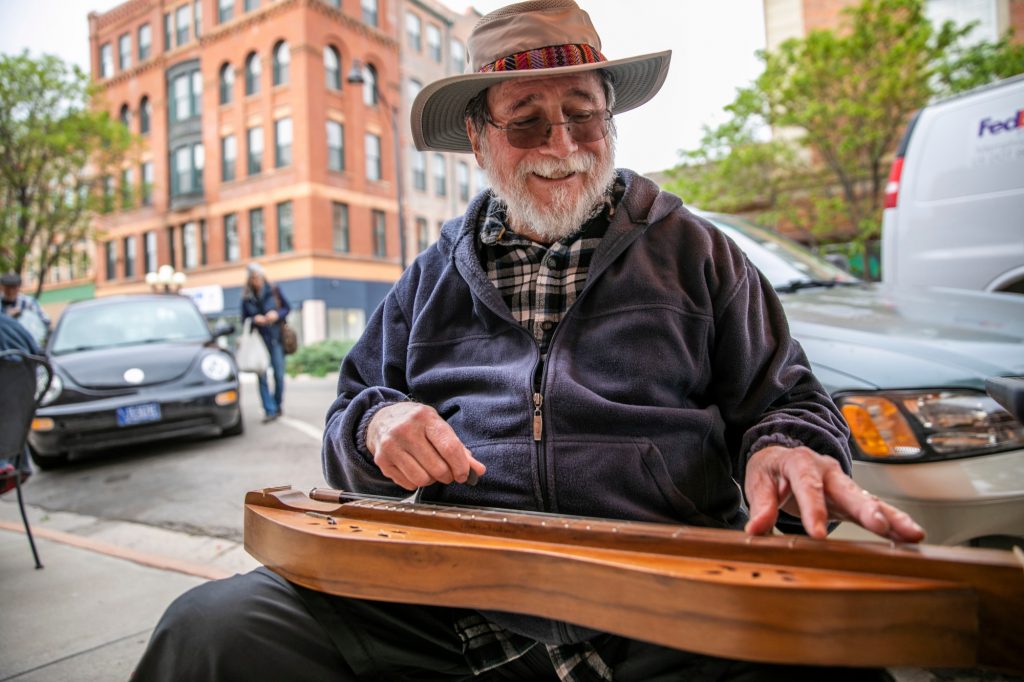
Willcox said the PCHS tallied the total number of missing and dead that they could verify in historical documents, but ultimately there’s no way to know how many people perished in the flood.
There are stories of heroism from that night, including Boy Scouts going door to door to tell people to evacuate and telephone operators staying at their posts until the last possible moment to warn people about the impending danger. The next morning, on June 4, floodwaters were still five feet deep in places and more rain fell while rescuers searched for survivors and city leaders planned shelters, clean-up, disease prevention and more.
The Pueblo flood’s immediate aftermath
“The city established a municipal mess to feed large gangs of men who were employed under martial law rules and the cleaning of the streets,” said Maria Sanchez-Tucker, the former director of the Bessemer Historical Society and former Special Collections Manager at the Pueblo City-County Library District. She said the city worked closely with the Red Cross registering 3,222 families for emergency relief, a total of 11,178 people.
Prohibition was also in effect in 1921. Sanchez-Tucker said Colorado’s federal prohibition director lifted all liquor restrictions for 30 days as an emergency measure,“for combating the possible spread of disease in the flood area,” she said. “Fifty gallons of whiskey would be sent to Pueblo and additional shipments forwarded as needed...for the administering of liquor to flood sufferers.”
There were some buildings still intact in the flood’s aftermath. Pueblo city planner and historic preservation staffer Wade Broadhead said that 1921 was a transitional time for Pueblo, when a number of the city’s important buildings like City Hall and the Renaissance Revival style Vail Hotel had been recently constructed.
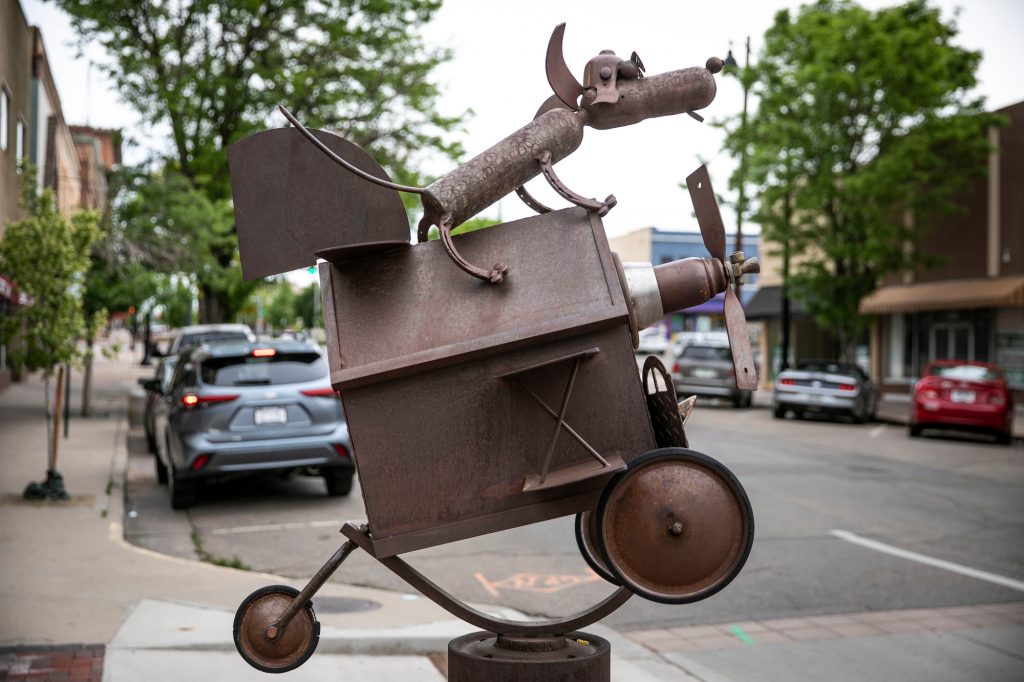
“Those buildings took it a lot better because construction styles had changed just before the flood,” he said. “There (were) a bunch of advancements in concrete construction and the way they built brick buildings.” Those buildings not only survived the flood, but are still in use today, 100 years later.
Willcox said her family escaped to higher ground during the flood. When the water receded, “their house was still there unlike so many, but it was off its foundations,” she said. “After the flood, they were able to get it moved up the hill with horses and some sort of ingenuity.”
Along with the immediate recovery, Pueblo had to mount a massive rebuilding effort. The rampaging waters ravaged hundreds of homes, shut down utilities and railroads and devastated businesses, roads, bridges, train tracks and railyards.
The long term economic effects of the flood
The first thing Pueblo needed to do was to ensure there wouldn't be another flood like that again, according to Colorado State University-Pueblo history professor Jonathan Rees.
Civil engineers evaluated what needed to be done and made recommendations for an enormous number of infrastructure improvements.
By 1923 Puebloans were putting in new flood protection measures, including moving the river channel about a third of a mile and building a 2.8 mile long levee to keep it in its new course. This work was managed by the newly formed Pueblo Conservancy District and paid for through Pueblo County property fees. The bonds issued for that project weren’t paid off until the 1950s.
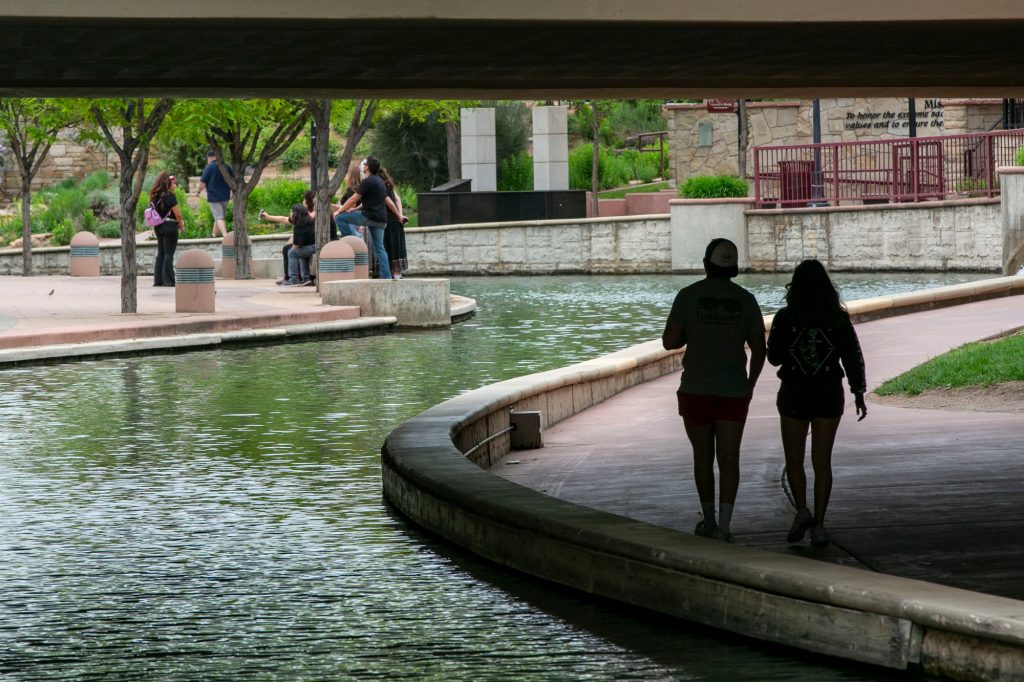
“This is the era before big government. This is pre-FDR, this is pre-New Deal," said Rees. "The capital that goes to make those improvements all has to be local, so all this money that could have been going to growing businesses all around Pueblo ends up being invested in things that needed to be done, like flood walls and re-channeling the Arkansas River through Pueblo."
"Because of that Pueblo sort of recovers physically from the flood, but it takes a very long time for it to recover economically.”
Rees also pointed out that the 1920s were a prosperous decade in American history that the city couldn't capitalize on.
Much later, in 1962, President John F. Kennedy came to Pueblo to sign the Fryingpan-Arkansas Project into law, which, in part, eventually led to the construction of the Lake Pueblo Dam in the 1970s. That dam controls the river’s flow through Pueblo and beyond.
The opportunity cost of the flood caused the most economic damage to Pueblo, according to Rees. "I sort of imagine that if downtown Pueblo had never been hit by the flood Pueblo could be what Colorado Springs is now, a late blooming post World War II growth city.”
The politics of rebuilding the city
Politics were also in play during Pueblo’s recovery from the flood, according to train historian Larry Green. He said in 1921, Pueblo needed the Colorado state legislature to approve the creation of conservancy districts, which would allow for the creation of the Pueblo Conservancy District. This would mean bonds could be issued and fees levied to raise the necessary funds for building the new levee to protect downtown Pueblo from flooding again.
To get this legislation passed, the Pueblo delegation needed the support of representatives from Denver and other northern communities. That group wanted something in return: Pueblo’s support of building the Moffat Tunnel, which would provide Denver with a rail connection west, through the Continental Divide and the mountains.
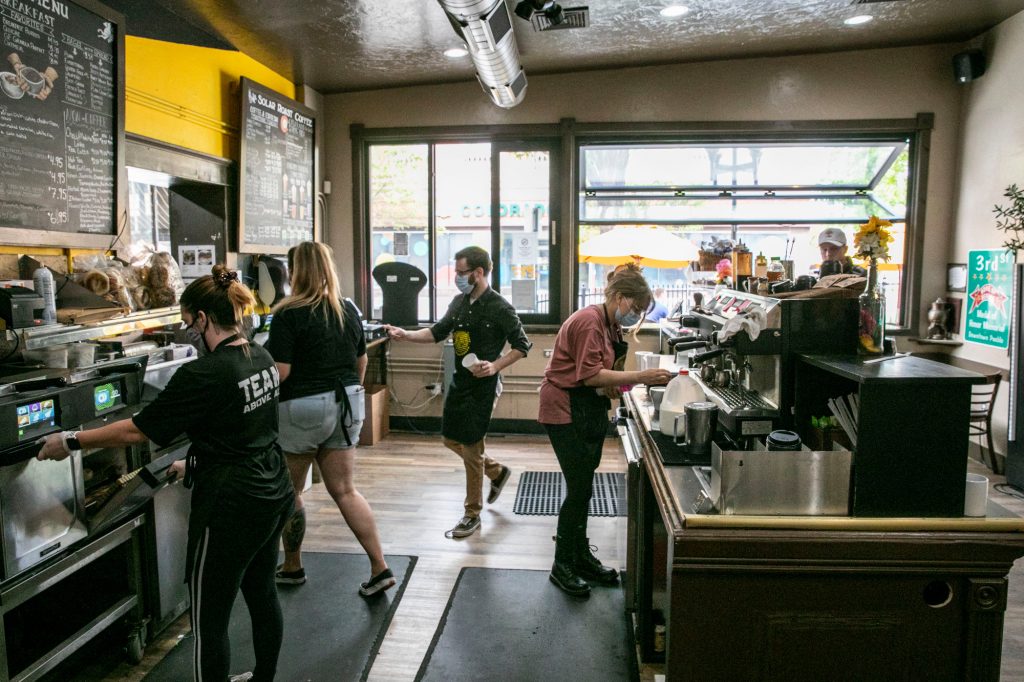
“It basically became a political deal. You vote for ours and we’ll vote for yours,” Green said. “You can almost look at the writing on the wall that less and less (train) traffic would come south....very slowly, over a long period of time, less and less transcontinental (train) traffic moved through Pueblo, which really changed the dynamic of operations here.”
While the Moffat Tunnel was completed in 1928, Green said the number of people who work for the railroads in Pueblo has dropped through the years to less than 500 today.
21st Century Pueblo
Puebloans continue to work to improve the city, though. Broadhead notes that the historic Union Avenue area that was devastated by the flood became known as a red light district for many decades. But both private and public money has been spent to revitalize the area and now, he said, “it's a nice place to go have lunch and have coffee.”
“That was a really tremendous accomplishment to take... the worst kind of performing commercial district and turn it into something that's a historic mainstream destination now.”
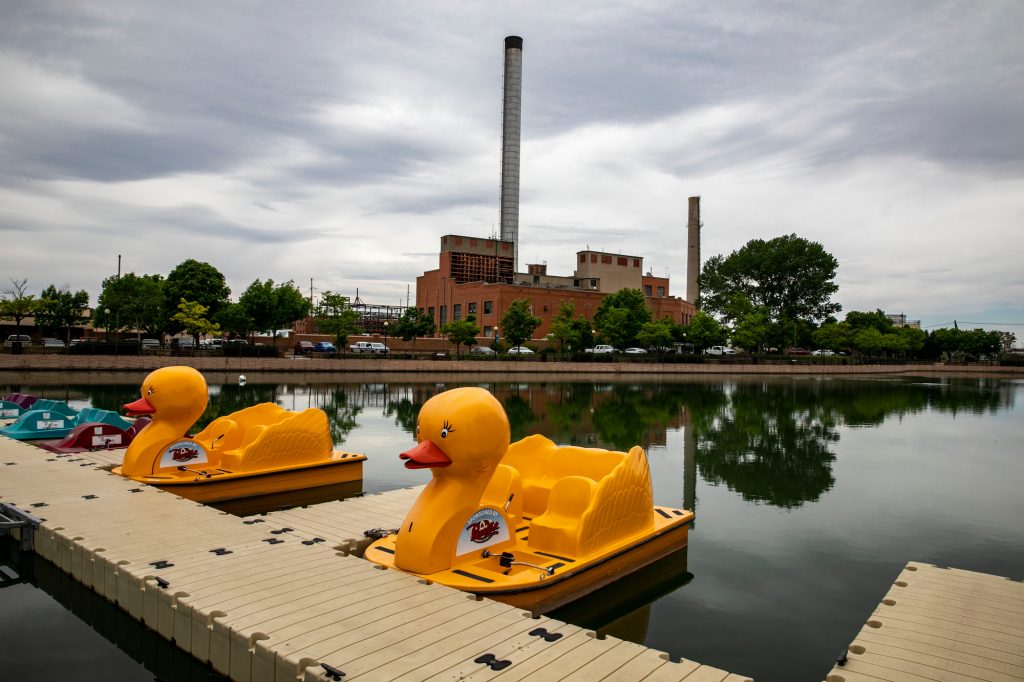
More plans are in the works to continue improving areas affected by the flood a century ago, like the Union Avenue historic district and the former meat packing plant that flood survivors took refuge in, now called Watertower Place.
The Pueblo Conservancy District has also just completed construction on a new levee to replace the one built in 1923. They are adding features like walking paths and pedestrian bridges, and plan to make it part of expanded recreation along the Arkansas River, which already has a whitewater kayak and surfing park.
Visuals Editor Hart Van Denburg and Digital Innovations Editor Daniel J. Schneider contributed to this story.
- As The Pueblo Region Plans For The Future, Solving Housing Issues And Supporting Diverse Communities Are Priorities
- How One Of Colorado’s Worst Natural Disasters Reshaped Pueblo
- Pueblo’s Old Steel Mill Headquarters Becomes Colorado’s 26th National Historic Landmark
- Once Listed In Green Book, Pueblo’s Coronado Motel Gains National Historic Status
- Pueblo’s Old Bojon Town Celebrates Heritage

